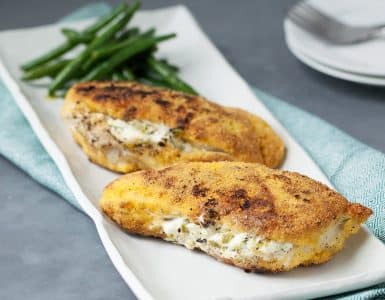Are you one of the millions of people who, in the aftermath of Hurricane Irene, has no power at home? If so, you’re likely reading this on your laptop at a coffee shop–hope you’re having a cuppa something tasty and warm! But when you get home, you’ll still have a big problem on your hands–or, more accurately, on your kitchen floor: the refrigerator/freezer.
CNN offers the following tips to help keep your food safe when there’s no power:
- While the power is out, do your best to maintain the refrigerator/freezer’s proper temperatures by keeping the fridge and freezer doors closed. If the refrigerator door is not opened, it can keep food properly chilled for 4 hours; if the freezer door isn’t opened, food can be safely stored there for up to 48 hours.
- If you have gone more than 4 hours without power, throw out perishables from the refrigerator, such as milk, eggs, poultry, fish, soft cheeses, leftovers, and deli items.
- Watch out for flood water. If flood water has gotten into your fridge, throw out any food the flood water has come into contact with that isn’t in waterproof containers. Also, don’t forget about making sure your kitchen implements are safe from the flood water. If any metal pans, ceramic dishes, or utensils have come into contact with flood water, thoroughly wash them with hot, soapy water and sanitize them by boiling them in clean water. If pacifiers, baby bottle nipples, wooden cutting boards, and plastic utensils have been affected, don’t try to sanitize them–in the interest of safety, just throw them out.
- Your freezer/appliance thermometer will become your new BFF. Use it to check if your freezer is at 40 degrees Fahrenheit or lower. If so, great news–your food can be refrozen! (Buy some dry or block ice to help with this–50 pounds of dry ice can keep an 18 cubic foot freezer cold enough to keep food safe for 2 days.) If you don’t already have that thermometer in the freezer, there’s another way to check if food is safe to keep or refreeze. Check each package of food to see if it still contains ice crystals. If so, go ahead and try to refreeze it.
- For food sitting around your kitchen–but not in the fridge or freezer–commercially prepared foods in undamaged all-metal cans or retort pouches (juice and seafood pouches) can be saved.
- If you need water, use bottled water that hasn’t been exposed to flood waters. If you don’t have any bottled water available, you can use tap water–but first, boil it so that it’s safe to use.
- Last but definitely not least–when in doubt, throw it out! Don’t gamble with your safety by taste-testing food to try to find out if it’s still good. If it isn’t good, there’s a good chance you’ll find out in an unpleasant way–from the food tasting bad to the food actually making you ill.
Best of luck to all East Coasters who are still without electricity or otherwise inconvenienced due to Hurricane Irene–here’s hoping your power gets fixed soon and that you can cook yourself a delicious home-cooked meal with food that you’ve been able to keep safe in your freezer!



